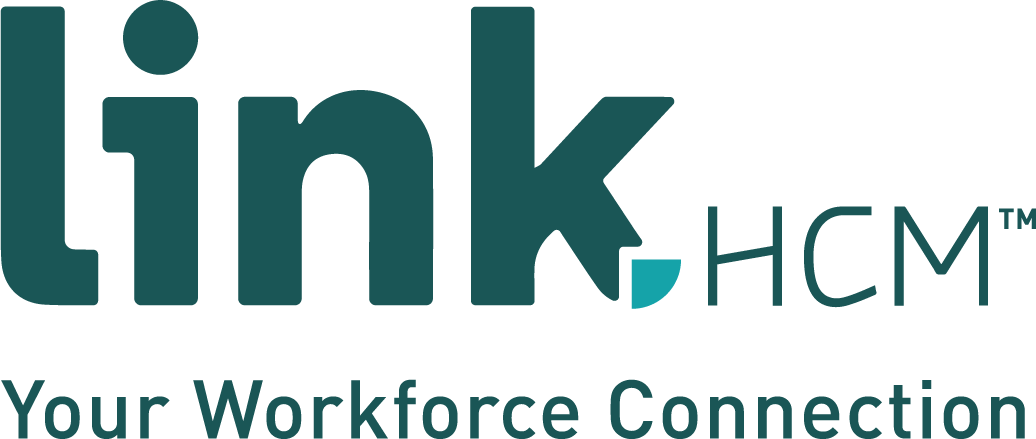
Each week, we’ll be compiling the top headlines and updates regarding the COVID-19 pandemic and how it impacts your company and workforce. Subscribe here to receive weekly updates in your inbox.
Social Security Tax Deferral
Under the CARES Act, employers can defer paying their employer share of Social Security taxes through December 31, 2020. If you decide to defer taxes, half will be due by December 31, 2021 with the remaining half due by December 31, 2022.
Employers who take out a Paycheck Protection Program (PPP) loan can defer Social Security taxes until the date their loan is forgiven.
Who is eligible?
All employers— there are no requirements for eligibility.
Can I defer Social Security taxes if I claim FFCRA paid leave tax credits or the Employee Retention Tax Credit?
Yes, deferral of employer social security taxes is in addition to other relief programs. Tax credits will be applied first; then remaining taxes can be deferred.
When can I start deferring my employer's share of Social Security?
Right away. The deferral period applies to Social Security taxes that would be due March 27, 2020 through December 31, 2020.
Read more about employment tax deferrals.
Two Weeks Supplemental Sick Leave for Essential Food-Workers
California Governor Gavin Newsom announced Thursday (April 16) that he signed an executive order to provide sick leave for essential food-supply-chain workers, including delivery and fast-food industries. The order applies to all employers and aims to fill the gap left by the FFCRA paid leave initiatives, which exclude businesses over 500 employees.
The program mirrors some of the FFCRA paid sick leave guidelines but isn’t quite as robust.
Qualifying reasons for food-workers to take COVID-19 Supplemental Paid Sick Leave:
- They are subject to a federal, state, or local quarantine or isolation order
- They are advised by a healthcare provider to self-isolate or self-quarantine due to COVID-19 related concerns
- They are prohibited from working by their Hiring Entity due to health concerns related to potential transmission of COVID-19
Food-workers entitled to the full 80 hours include:
- Full-Time employees
- Employees who have worked an average of 40 hours per week in the two weeks proceeding the sick leave
Other employees are entitled to Supplemental Sick Leave equal to:
- The average number of hours typically scheduled to work over two-weeks
- 14 times the average number of hours worked each day over the six months before taking sick leave or over the entire course of employment if it is less than six months.
The order does not mention tax credits or any form of reimbursement to employers for providing COVID-19 Supplemental Paid Sick Leave.
Read the Governor’s executive order here.
Paycheck Protection Program (PPP) Depleted
In less than two weeks, the $349 Paycheck Protection Program has run dry, shutting out thousands of potential borrowers. More than 1.6 million applications were approved in the short time frame causing the funds to go quickly. The SBA announced Thursday (April 16) they are not accepting any more applications at this time.
Although the program is depleted, most businesses that were approved are still waiting for the money to flow in.
Now we wait for Congress to agree on how and when the program will be replenished. The next stimulus package is still in the works, but both parties have stated that they are committed to providing additional funding.
New Small Business Grants
While the PPP and EIDL programs are the obvious choices of financing for most businesses, a few other options have entered the scene.
Facebook— Facebook announced they are providing $100 million in cash grants and ad credits to small businesses. To be eligible to apply, you must:
- Be a for-profit company
- Have between 2 and 50 employees
- Have been in business for over a year
- Have experienced challenges from COVID-19
- Be in or near a location where Facebook operates
Read more about Facebook's cash grant program here.
US Chamber of Commerce— The Chamber of Commerce launched a nationwide Save Small Business initiative to address small businesses’ immediate needs, lessen job losses and closures, and support long-term recovery.
The campaign includes financial aid like the Save Small Business Fund, resources and guidance, advocacy, polling, and a call to action for the large business community to help.
To qualify for a $5,000 grant through the Save Small Business Fund, you must:
- Employ between 3 and 20 people
- Be located in an economically vulnerable community
- Have been harmed financially by the COVID-19 pandemic
Read more about the Save Small Business Initiative.


Leave a Comment